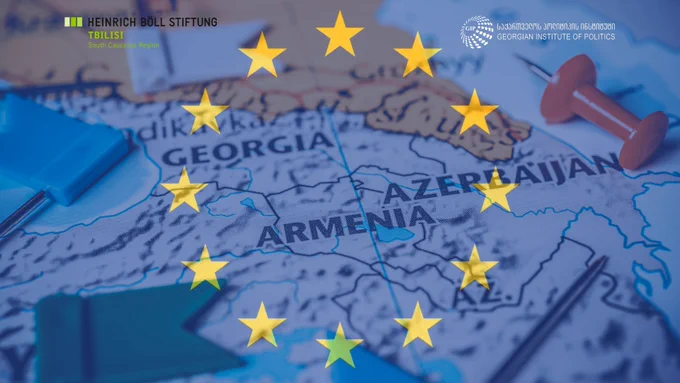
By Marco Respinti and Aaron Rhodes
There is no border between India and the People’s Republic of China (PRC). In the northwest and northeast, India adjoins Tibet. It is not necessary for your Indian interlocutor to be a die-hard nationalist to think this way.
As a matter of fact, this is what a large number of Indians have believed since 1949, when the Chinese Communist Party (CCP) took power in Beijing. Their reasoning is that Tibet is a sovereign political entity occupied by the People’s Republic of China, and that it should regain independence within its historical borders.
On the other hand, the CCP claims that Tibet has always been a part of China.
Powered by this claim, one of the weapons of the PRC’s foreign offensive are geographical maps where boundary disputes are used as tools for sinicization of Tibet. In this pursuit, the CCP is indefatigable.
On March 30, the Ministry of Civil Affairs of the PRC committed its latest misappropriation of Indian toponyms, changing 30 placenames in the northeastern Indian state of Arunachal Pradesh.
Eleven residential areas, 12 mountains, four rivers, one lake, one mountain pass and a piece of land were given new Chinese names in simplified Chinese ideograms, Tibetan script and pinyin rendering as well as in the Roman alphabet.
Chinese names
For each of those places, geographical coordinates are also duly furnished as well as a high-resolution map. The CCP ceremoniously celebrated the event with all the technicalities needed to make it seem an important and legitimate operation..
The sinicization of toponyms in Arunachal Pradesh is only the latest offensive in an ongoing campaign that Beijing has launched in recent years.
The inaugural step of the campaign took place on April 13, 2017, when the ministry officialized the change of six place names. The second move was made official on Dec. 29, 2021, and it included the change of 15 toponyms . The third came on April 2, 2023, when 11 place nameswere sinicized as well.
It is noteworthy that the official announcement of the first change explicitly defines it as the “first batch,” implying there was more to come. However, nowhere is it written that the new March 2024 fourth batch in this series should be constructed as being the last one.
It is a bit like playing a board game. None of the newly renamed real places in Arunachal Pradesh came under the PRC’s sovereignty as a result of the contrived Chinese maps, and the occupation of sovereign Indian territory that the new toponyms seem to indicate has not happened.
Chinese logic
But the CCP’s move is consciously aiming to achieve a clear psychological effect – achieved by presenting the change of names as the direct consequence of a specific logic.
The territory that India calls Arunachal Pradesh doesn’t exist as such, the CCP asserts. It is just a portion of the PRC’s sovereign territory, it maintains. So, it concludes, place names can’t be Indian and must be Chinese, and new maps must show this to the entire world.
The CCP’s claim that Arunachal Pradesh doesn’t exist is based on the view that the Indian state by that name is simply a part of Tibet, which, the CCP underlines, has always been an integral part of China.
According to CCP propaganda, that part of “China’s Tibet” that Delhi Indianizes under the “fake” name of Arunachal Pradesh is simply a portion of Southern Tibet, or “Zangnan,” as the Chinese regime calls it.
This assertion has been continuously perpetrated by the PRC since 1950, with the annexation and then military occupation of Tibet, which was in fact, a different, independent country.
Cultural genocide
The Chinese invasion of Tibet, completed with the Battle of Lhasa in 1959 and its suppression of Tibetan identity, harsh religious persecution and other serious encroachments on liberty amount to a cultural genocide, as Tibetan leaders in exile have repeatedly asserted.
Playing chess with the lives of millions of people has always been the policy of the Chinese regime in Tibet. This war of maps is rooted in the disputed border lines that separate India and PRC, where de facto, agreed-upon, and legal borders have not coincided since the time of British India.
This dispute was complicated by the emergence of a highly ideological and aggressive regime in China in 1949. The game of maps that the CCP plays is quite sophisticated: It alternates its claim that some Indian territories are Tibetan – therefore belonging to China – with the dismemberment of “ethnic Tibet.”
Thus, the sinicizing of Arunachal Pradesh is a cynical attempt to legitimize the permanent subjugation of an entire people as a fait accompli confirmed by an international border.
This curtailment and disrespect of India’s sovereignty shows that what the PRC wants, the PRC gets – even if it comes at the price of culturally and politically attacking a foreign nation.
For its part, India rebukes this aggression, repeating that any boundary dispute regarding Arunachal Pradesh or other bordering lines, these must be discussed with Tibet, not the PRC – because Tibet is not the PRC, and will never be.
Totalitarian arrogance may pretend to change history and reality. It devastates societies, traditions and individual freedom, but it will ultimately fail.
Marco Respinti is director-in-charge of Bitter Winter, an online publication that promotes religious freedom and human rights. Aaron Rhodes is president of the Forum for Religious Freedom-Europe, and author of The Debasement of Human Rights. The views expressed here are their own and do not reflect the position of Radio Free Asia.
